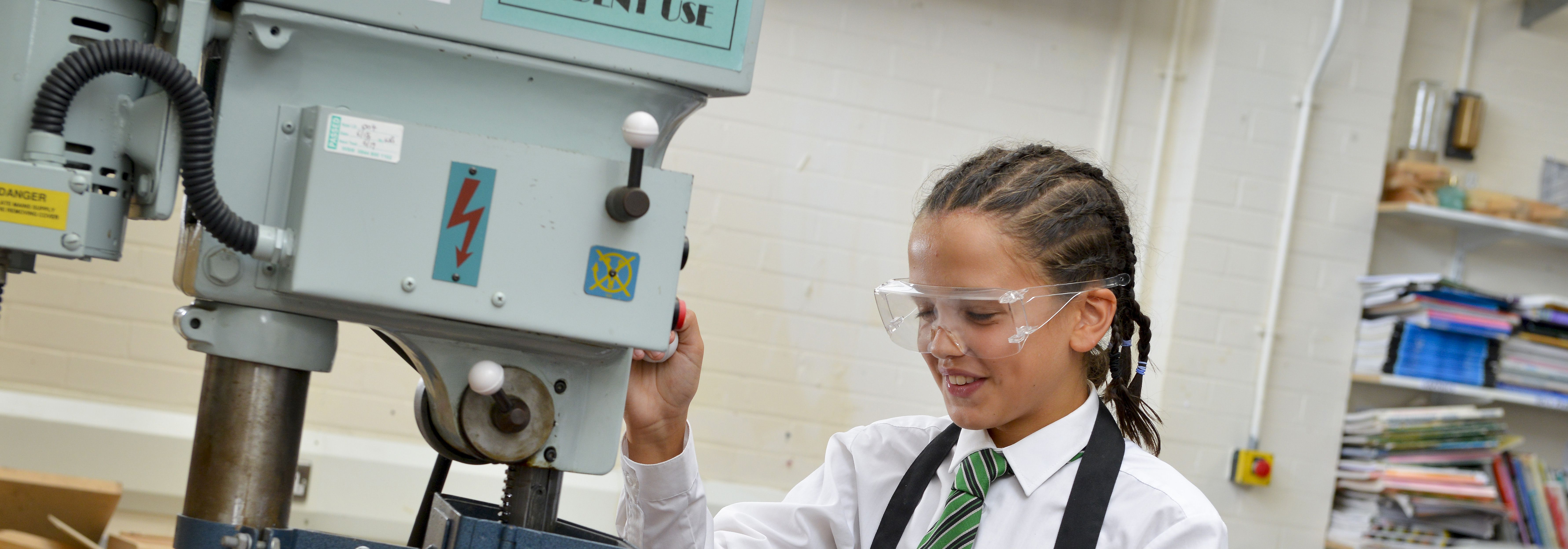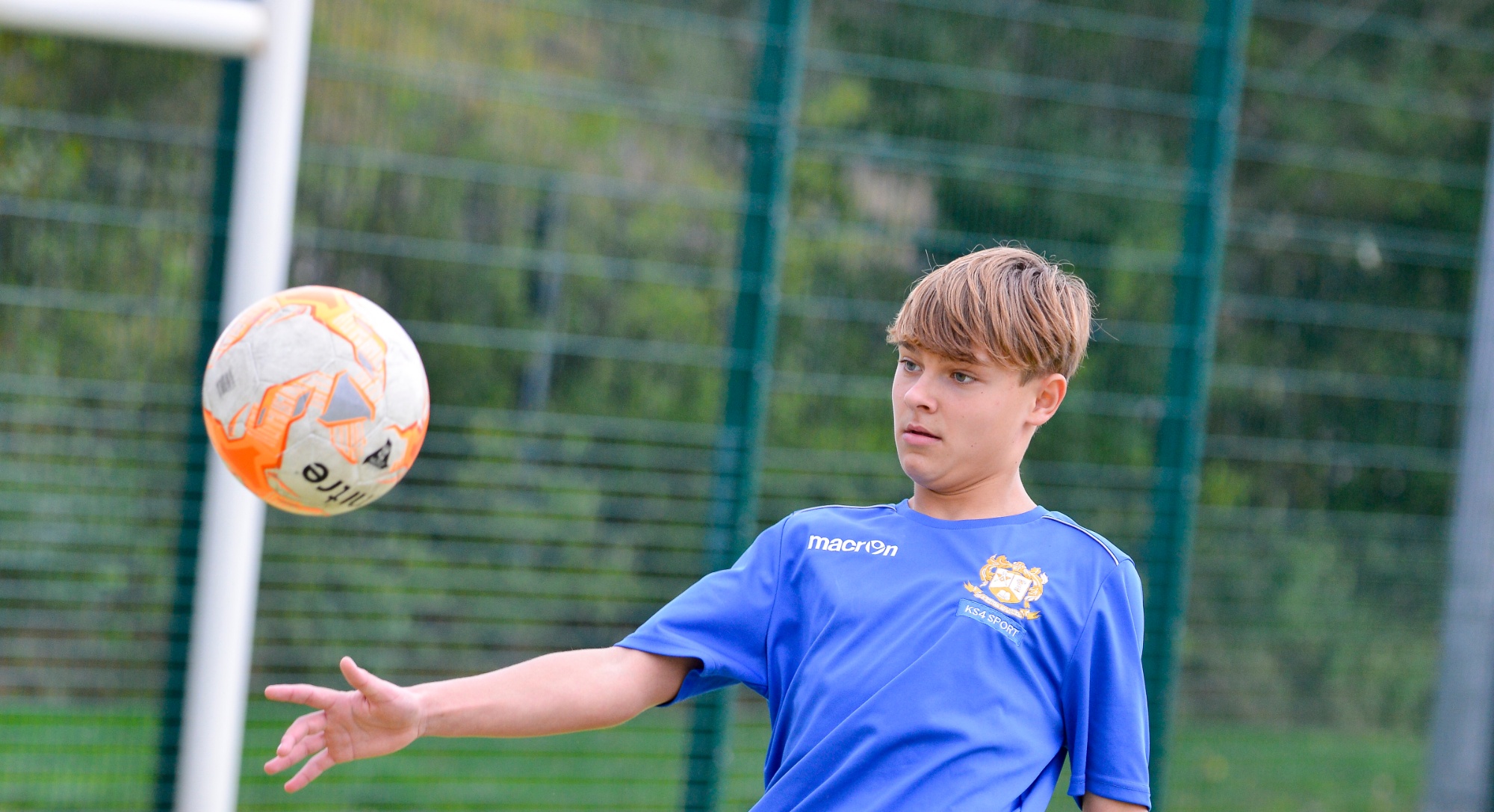The Knowledge and Skills overviews show the specific music content students will learn in each unit of study throughout the year. These documents outline both the substantive knowledge (musical elements, notation, and cultural contexts) and the disciplinary skills (performing, composing, and critical listening) that students will develop. Each unit is broken down to clearly identify what students need to know and what they should be able to do upon completion. Through the systematic development of both knowledge and skills, students build musical literacy, performance confidence, and creative musicianship appropriate to their stage of learning.
Select a unit to find out more...
Let him have it
| Unit Progress Criteria |
| Knowledge |
Skills |
|
Music and Drama Integration concepts including:
- How music can enhance dramatic scenes
- The relationship between music and narrative
- How musical elements support storytelling
- The importance of timing in dramatic scoring
Compositional Elements including:
- How to create mood through music
- Ways to represent character musically
- Development techniques for musical ideas
- Different approaches to scene underscoring
Musical Development Concepts including:
- How to sustain musical ideas
- Ways to develop initial musical material
- Understanding of tempo changes
- Use of dynamics for dramatic effect
Technical Understanding including:
- Appropriate instrument selection
- Basic texture building
- How to layer musical ideas
- Role of different musical elements in creating mood
|
Composition Skills:
- Create appropriate musical ideas for specific scenes
- Select suitable instruments for dramatic effect
- Develop initial ideas through tempo/dynamic changes
- Structure music to match dramatic action
- More able: Create complex, multi-layered compositions
Development Skills:
- Sustain musical ideas effectively
- Apply appropriate development techniques
- Modify compositions based on dramatic needs
- Show progression within musical ideas
- More able: Create technically demanding developments
Collaborative Skills:
- Work effectively in composition groups
- Switch between composer and actor roles
- Provide constructive feedback to peers
- Respond to direction and suggestions
- More able: Lead group composition process
Evaluation Skills:
- Analyze effectiveness of musical choices
- Assess how music enhances drama
- Use WWW/EBI format effectively
- Suggest specific improvements
- More able: Evaluate technical and creative elements
|
Film Music
| Unit Progress Criteria |
| Knowledge |
Skills |
|
Film Music Concepts including:
- What 'Mickey Mousing' technique is and its historical context
- How music enhances visual action in cartoons
- The relationship between music and characterization
- The role of music in storytelling through animation
Character Theme Understanding including:
- How musical elements can represent character traits
- Ways to develop character themes
- How themes can interact musically
- The concept of musical motifs
Musical Elements in Film Music including:
- How dynamics support visual action
- Use of tempo to enhance movement
- Role of pitch in character representation
- How texture can create atmosphere
Historical Context including:
- Early animation music practices
- Development of synchronised sound in cartoons
- Traditional cartoon scoring techniques
- Purpose of music in silent era animation
|
Composition Skills:
- Create distinctive character themes
- Match musical ideas to specific actions
- Apply 'Mickey Mousing' techniques
- Develop themes appropriate to characters
- More able: Create complex character interactions through music
Development Skills:
- Implement musical elements effectively
- Modify themes to match action
- Create clear musical narratives
- Time music to visual events
- More able: Layer multiple musical ideas simultaneously
Analytical Skills:
- Identify specific uses of music in cartoons
- Use appropriate musical vocabulary
- Evaluate effectiveness of musical choices
- Provide constructive peer feedback
- More able: Analyze complex musical-visual relationships
Performance Skills:
- Perform composed ideas accurately
- Present work to the class
- Participate in singing medley
- Maintain timing with visual elements
- More able: Perform solo sections with confidence
|
Reggae
| Unit Progress Criteria |
| Knowledge |
Skills |
|
Musical Context including:
- Historical background of Reggae music
- Cultural significance of Reggae
- Origins in Jamaica
- Influence on modern music styles
Musical Features of Reggae including:
- Syncopated rhythmic patterns
- Off-beat chord patterns
- Role of different instruments
- Importance of bass lines
- Characteristic chord progressions
Performance Elements including:
- Understanding of syncopation
- How to create reggae 'feel'
- Role of vocal style in reggae
- Importance of group performance
- How backing vocals work
Technical Understanding including:
- Chord structures used in reggae
- How to adapt songs to reggae style
- Relationship between rhythm and chords
- Role of different instruments in texture
|
Performance Skills:
- Play syncopated chord patterns
- Maintain steady reggae rhythm
- Perform vocals in appropriate style
- Work with backing tracks
- More able: Perform without backing track support
Instrumental Skills:
- Play basic chord progressions
- Coordinate right and left hands on keyboard
- Add appropriate reggae feel to playing
- Maintain steady rhythm patterns
- More able: Add bass lines or additional instrumental parts
Ensemble Skills:
- Work effectively in groups
- Coordinate between players
- Balance different parts
- Maintain own part independently
- More able: Lead group performances
Musical Understanding Skills:
- Identify reggae characteristics in listening
- Apply reggae style to different songs
- Understand role of different parts
- Make appropriate stylistic choices
- More able: Adapt arrangements showing stylistic awareness
|
Melodies & Parodies
| Unit Progress Criteria |
| Knowledge |
Skills |
|
Melodic Construction Concepts including:
- How melodies relate to chord progressions
- The 'play one, miss one' method of chord building
- How to select appropriate notes from chords
- The relationship between melody and lyrics
Song Structure Understanding including:
- What makes a parody song
- How verses and choruses work
- The importance of maintaining themes
- How to develop variations in repeated sections
Musical Theory including:
- Basic chord construction
- How to sustain and develop melodies
- The relationship between bass lines and chords
- Different accompaniment patterns
Lyric Writing Concepts including:
- How to maintain consistent themes
- Relationship between syllables and melody
- Verse/chorus structure in lyrics
- How to adapt existing songs
|
Composition Skills:
- Create melodies using notes from given chords
- Develop and sustain melodic ideas
- Write lyrics that fit existing melodies
- Create parody versions of known songs
- More able: Integrate melody into chord patterns
Performance Skills:
- Play melodies over backing tracks
- Perform bass lines or chord patterns
- Combine different musical parts in pairs
- Present parody songs to the class
- More able: Play both melody and chords simultaneously
Development Skills:
- Modify melodies to fit new lyrics
- Sustain themes throughout a song
- Create variations on existing melodies
- Work collaboratively in groups
- More able: Create complex arrangements combining multiple elements
Creative Skills:
- Write appropriate lyrics for parodies
- Adapt existing songs creatively
- Maintain consistent themes
- Show originality in approach
- More able: Create sophisticated parodies with musical and lyrical creativity
|
Blues Music
| Unit Progress Criteria |
| Knowledge |
Skills |
|
Blues Context and History including:
- Origins of Blues music
- Cultural significance and links to slave trade
- How Blues influenced modern music
- Key characteristics of Blues style
Blues Musical Elements including:
- 12-bar Blues structure and progression
- Blues scale and note choices
- Walking bass patterns
- Role of improvisation in Blues
Blues Lyrical Conventions including:
- Call and response structure
- AAB lyric pattern
- Traditional Blues themes
- Importance of personal expression
Technical Understanding including:
- Structure of Blues chords
- Blues scale construction
- Chord progression patterns
- Rhythmic characteristics of Blues
|
Performance Skills:
- Play the 12-bar Blues progression
- Perform Blues walking bass lines
- Create and perform Blues-style melodies
- Work with others in Blues performances
- More able: Improvise within Blues structure
Composition Skills:
- Write lyrics in Blues style
- Create melodic lines using Blues scale
- Develop call and response patterns
- Structure verses using AAB pattern
- More able: Combine original lyrics with Blues improvisation
Analytical Skills:
- Identify Blues characteristics in music
- Recognize 12-bar progression
- Understand cultural context
- Evaluate Blues performances
- More able: Analyze how Blues influences modern music
Technical Skills:
- Play Blues chord progression accurately
- Maintain steady Blues rhythm
- Use Blues scale appropriately
- Coordinate with other performers
- More able: Add stylistic embellishments
|
Introduction to Band Lab
| Unit Progress Criteria |
| Knowledge |
Skills |
- Understanding the purpose and features of BandLab
- Knowing what a MIDI editor is and how it can be used to compose
- Recognising melody structure and how it functions in a piece of music
- Understanding the layout and components of the BandLab interface
- Identifying different instrumental parts in a track (e.g., bassline, vocals)
- Knowing what an audio file is and how it differs from MIDI
- Understanding the basics of track mixing and sonic balance
- Knowing how to structure a full track with different musical layers
- Awareness of musical success criteria (concern to superior above standard)
- Understanding the value of evaluation and reflection in music production
|
- Logging in and navigating BandLab independently
- Opening and creating a new studio project
- Using the MIDI editor to input and edit melodies
- Using templates to inspire musical ideas
- Listening and appraising peer work
- Constructing a musical arrangement from given loops/samples
- Mixing tracks – adjusting levels, panning, and applying effects
- Mastering a project for a more polished sound
- Selecting and refining a project for assessment
- Giving and receiving peer feedback constructively
|












